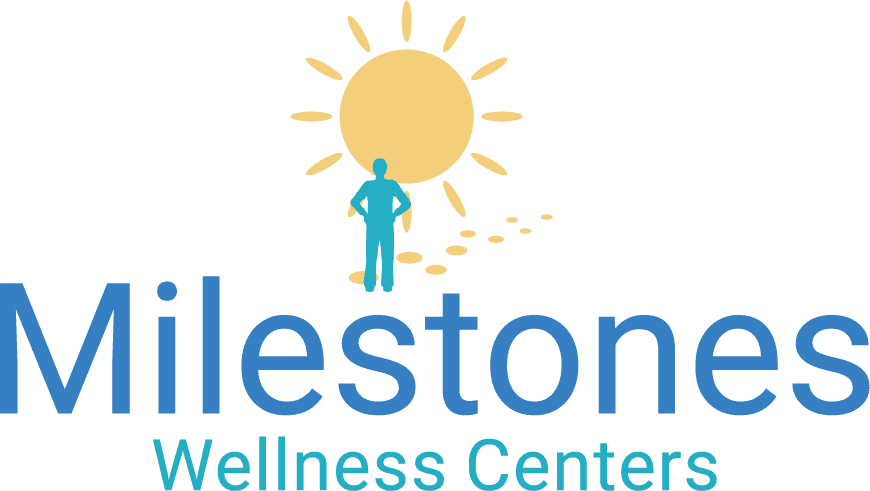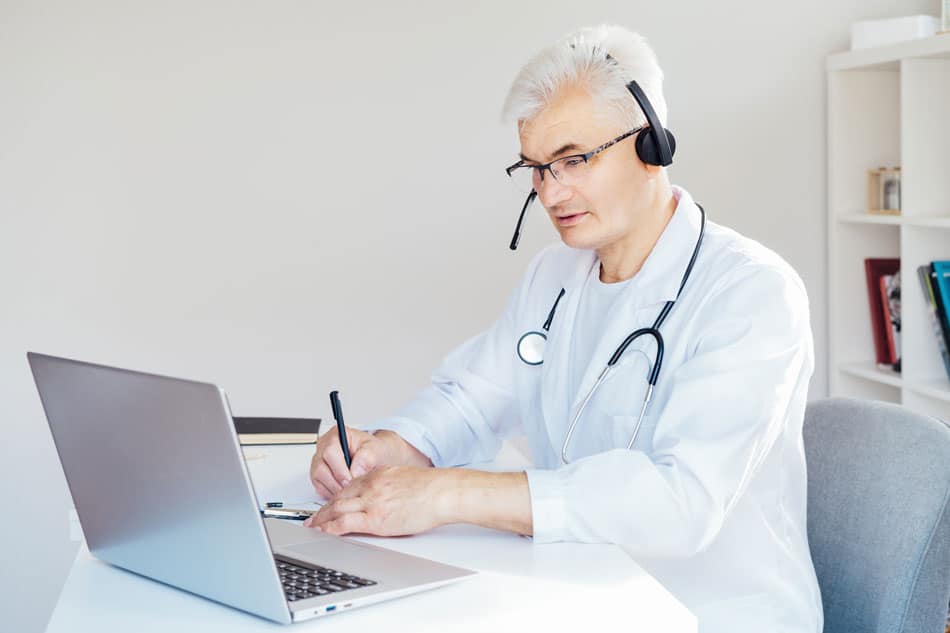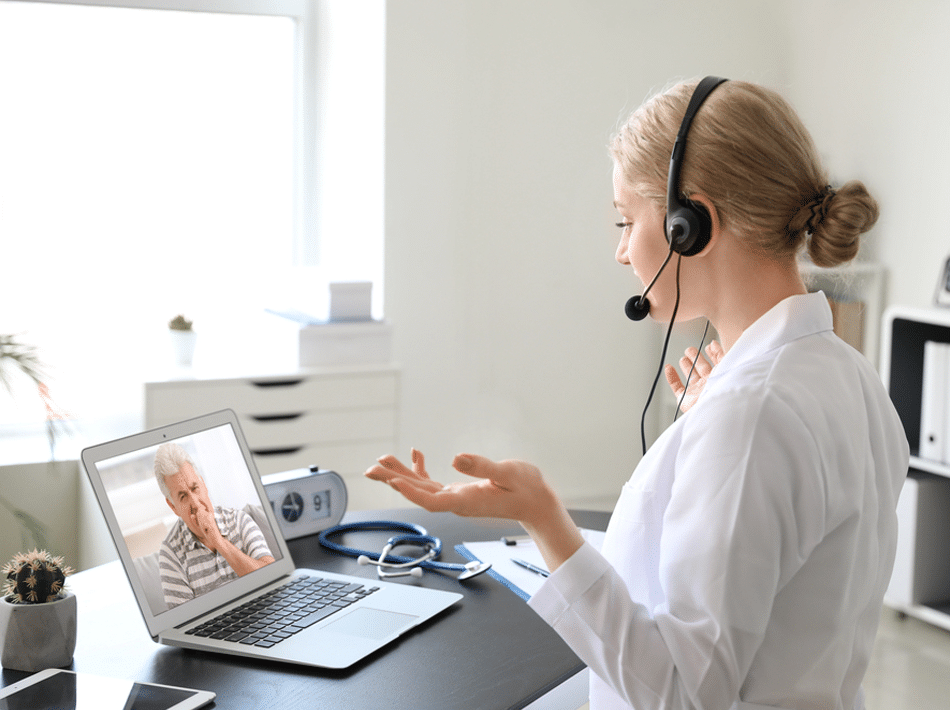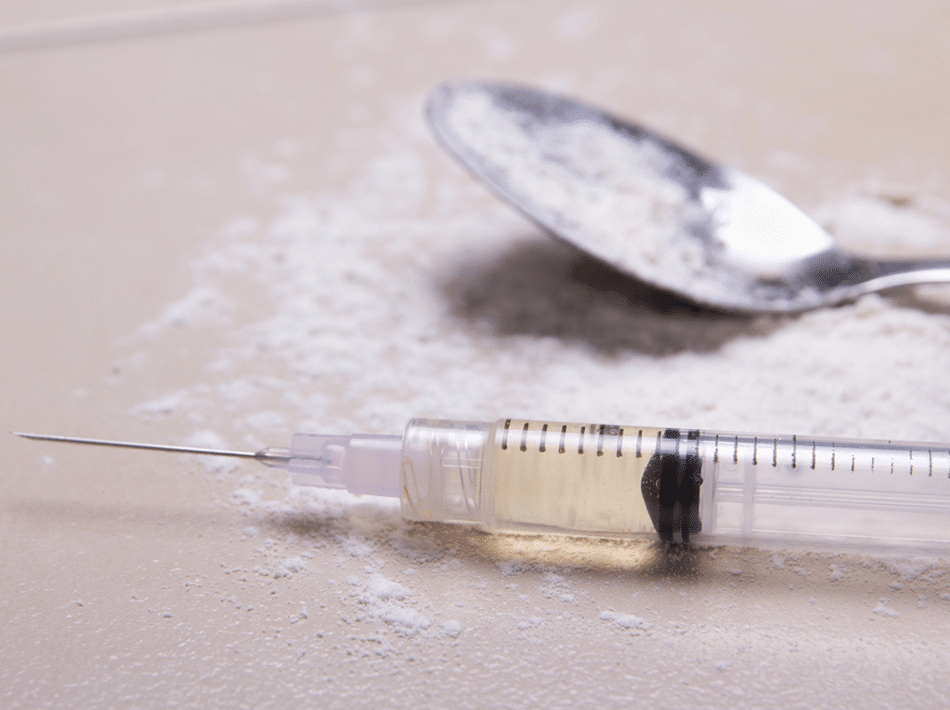The Impact of Telehealth on Addiction Treatment
There are many ways in which telehealth addiction treatment is impacting addiction treatment across the country. Of all the many positive impacts the use of telehealth has had on addiction treatment the largest is that of increasing access to addiction treatment services. To start it is important to note that the traditional modality of in-person treatment is still greatly effective and in some instances for higher levels of care is still the preferred treatment modality. Telehealth, however, has allowed individuals that are not able to make any in-person treatment facilities to now have access to areas of outpatient addiction treatment services.
Many individuals that live in rural areas previously did not have access to addiction treatment services for a variety of reasons, which the use of telehealth addiction treatment services can reach these individuals. This then expands the number of people suffering from addiction issues now have treatment options available to them. In many rural areas there are just not addiction treatment services available in a close or easy to reach distance. And for those desiring treatment this distance could stop them from receiving assistance. Even if travel to the in-person treatment facility was possible the time involved in such travel and available appointment times could cause the person to have major interruptions in their life such as with work, childcare, and/or school. As the travel can be lengthy it is often common that in-person doctor appointments are not timely themselves, with a vast amount of time waiting on the physician. With telehealth at addiction treatment facilities such as Milestones Wellness Centers they run more efficiently and appointments all happen during their scheduled time. This can easily decrease appointment times for stable patients to as little as 15 to 20 minutes.
Others in both rural and urban areas may not have access to transportation for a variety of reasons. And more common with those in rural areas they will not have access to any type of public transportation even with limited or a complete absence of access to taxis or ride sharing services like Uber. Even if such more costly modes of transportation are available people may not have the financial means to afford such transportation. All of these barriers to addiction treatment services are solved with the use of telehealth services. With telehealth and the convenience of having time efficient appointments from your home or on breaks at work, there are no additional transportation costs associated with the addiction treatment. Therefore, addiction treatment telehealth is usually way more convenient as well as at a cost savings to the individual.
Another barrier to treatment which is positively impacted by the expansion of telehealth is that of removing concerns about the stigma that can be attached to receiving addiction treatment. Some people are concerned about anyone knowing that they are receiving telehealth treatment. Having your vehicle parked in the parking lot of a know addiction treatment service facility could cause others to figure out the type of treatment you are receiving. With telehealth this is not a concern as all appointments can be performed from where the person feels most comfortable and in complete privacy. The only concern with such appointments is that the patient is in a location where they have access to the technologies needed for telehealth appointments, which is generally stable phone service and often the ability to use live video conferencing technology.
Telehealth Addiction Treatment Modalities
For telehealth in general and with addiction treatment services is the use of virtual therapy sessions. These can be any type of therapy that an individual needs. Often with substance abuse the person will also have comorbid psychiatric diagnosis. Some of the more common are that of depression and anxiety. Here a person can meet with a therapist in audio only or audio-video telehealth technologies. Again, as previously mentioned, these appointments can be done in the privacy of the patient’s own home or where is most comfortable for them.
In combination with the use of telehealth for therapy the same can be done for telepsychiatry. Here the therapist will still work in conjunction with a psychiatrist as they would in an in-person treatment facility. The patient will also be able to complete their routine visits with the psychiatrist via telehealth and receive any needed medications for any other psychiatric concerns that have been identified. The only difference between the use of virtual therapy sessions and telepsychiatry is the need to be physically present and complete such appointments. This model has been used since before COVID-19 pandemic and continues to increase since that point in time.
More recently has the use of such telehealth been seen with addiction treatment services. After the end of the COVID-19 pandemic emergency protocols it was seen the benefits of adding telehealth services to addiction treatment. Just recently it was published by the governing authorities of addiction treatment services that the use of telehealth for addiction treatment is fully here to stay a treatment option. The Substance Abuse and Mental Health Services Administration (SAMHSA) in conjunction with the Drug Enforcement Administration (DEA) and the U.S. Department of Health and Human Services (HHS) released new guidelines allowing the usage of telehealth in addiction treatment and provides best practice guidelines and requirements for such treatment. As there were recently publications on the guidelines, this is still a new modality for addiction treatment and changes on guidelines, regulations, and best practices are still expected to change and update in the future.
Telehealth services can also increase the level of monitoring of patients in some regards. A common form of drug testing performed in traditional in-person addiction treatment services is the use of urine analysis. Often these urine drug tests are only performed in the office and not sent to any laboratory for a higher level of analysis. There are times in which such simple urine testing in-office can cause there to be either false positive or negatives for substances. As well as these testing kits are limited in detection of substances into groups and not finding the variations of potential substances a person may have used. The knowledge of all the substances a person has utilized during a relapse or is having poly-substance abuse problems is crucial for medical providers and therapists to be aware of.
Telehealth addiction treatment facilities such as Milestones Wellness Centers utilize more advanced means of oral fluid testing. There are a few advantages of such testing. The first advantage is that these tests are considerably more difficult to alter by the patient, ensuring you are getting a true and accurate account for any substances the patient is supposed to have or not that is in their system. These tests are also performed at a laboratory and can detect hundreds of medications and substances. More recently the substance Xylazine is being used in many other illicit substances, which Xylazine is not a substance many would solely use recreationally on their own. Xylazine is causing an increase in overdoses and the DEA issues a public safety alert in March 2023 of the concern over this substance appearing in about 30 percent of all fentanyl.
Monitoring for medication diversion is also advanced with the use of addiction treatment telehealth technologies. Medication diversion is very important as it is an unfortunate thing that happens with Medications for Opioid Use Disorder (MOUD) treatment. What happens with diversion of medications is it causes increased restrictions sanctioned by the DEA to stop such diversions. When this happens those people who are correctly using their medications in their addiction treatment are also penalized by obtaining medication either from treatment facilities or from pharmacies more difficult. Using video-audio telehealth technologies allows for addiction treatment facilities to more easily perform pill counts of medication when diversion is expected. As these appointments will only take minutes to complete and can be performed while the individual is home, this allows for quicker completion as well as more secure. This is more secure as the individual that is in treatment will not have to be traveling with all their remaining medication allowing it to not leave far from the secure and locked location the patient stores the medication at home.
The Role of Technology in Telehealth Addiction Treatment
Smartphone apps and online portals are a large advantage of addition treatment telehealth. Many telehealth clinics will have apps or online portals which patients will be able to complete multiple things such as schedule online appointments, check on previously scheduled appointments, have access to many of your health records, be able to update address information, see any billing information, update insurance information, among other things. Also, these apps should have their own HIPAA compliant video-audio technologies. This is important to ensure that your private interactions with medical providers and therapists are secure and protects your private health information.
Other newer smartphone developments with addiction treatment telehealth are the use of psychoeducational platforms. What these are is to provide some of the base information regarding important information that is useful to learn, especially while new to addiction treatment. Previously these were only discussed with a therapist in an in-person setting. This requires a person to attend a scheduled appointment and set times to learn such information. As the use of a therapist for both therapy and to help with ensuring a patient learns the needed information is best. When it is not feasible for such appointments to happen, this is when the use of such psychoeducational software will help, as it is better to learn the information this way than to not learn it at all. The advantage of such software is the information can be learned at home or anywhere the person desires and at any time of the day that works best for them. Many people also have different learning styles and those that learn best by reading information and/or watching instructional videos would be served best by such a learning platform and modality.
AI-powered chatbots can also bring a level of convenience for patients. Some basic information regarding the addiction treatment facility can be provided quickly to patients when other staff of the addiction treatment facility are not available to talk. This can be at times when the addiction treatment facility is busy, and a person is not available or to answer questions when it is outside of the facility’s normal business hours. Some chatbots can assist with scheduling appointments, informing patients of the types of insurance carriers the facility is in-network with, providing hours of operation of the facility, among other basic information. There are some limitations with chatbots currently in which they can only handle basic questions and provide similar basic information.
Telehealth Addiction Treatment Best Practices
The most important best practice for any addiction treatment telehealth facility, or any telehealth facility in general, is that of ensuring secure and HIPAA compliant technologies. This is of the highest importance to keep both the patient’s personal information as well as all their health information private and secure. Even internally the software should limit which staff need to see differing levels of information on the patient. For instance, someone working in billing does not need to see the patient’s private health information such as medical notes by the therapist or other medical provider. Technologies such as that used by Milestones Wellness Centers allow the administration to delegate what information is viewable and editable by differing levels of staff members. And as previously mentioned using only HIPAA compliant versions of telehealth audio-video software.
Another best practice is cultivating strong patient relationships. This can be a challenge for some with the use of telehealth. Being in person it is typically easier to build strong relationships with the personal aspect of being near each other as well as the ability to read body language as well as other nonvocal signs. As this can be a challenge, it is not at all impossible if you have the addiction treatment telehealth service set up correctly. The main way to assist in cultivating a strong patient relationship is rather simple, it is taking time and having true care for patients. As telehealth appointments are very time efficient, that does not mean they should be rushed for the sake of time efficiency.
For all staff involved with patients, building rapport and understanding is a crucial key to having a strong patient relationship. The usage of video and audio telecommunications also brings a more personal level to the use of addiction telehealth communication. At times audio only communication may need to be used due to technology problems, it is the use of the video component that greatly assists in building a stronger relationship. Another aspect that assists in building this strong relationship is making sure there are frequent touch bases between medical staff, therapists, and the patients. Many patients may desire to have as little involvement as possible with their treatment, this should not be allowed. Having a strong relationship with patients will ensure when there are concerns or needs come up that they feel comfortable with their addiction treatment providers to be truthful and forthcoming. This is of the utmost importance because the medical providers and therapists can provide additional assistance to help ensure relapse does not happen. In the event of relapse, it is the addiction specialist that can help you get your life back on track and back to sobriety.





